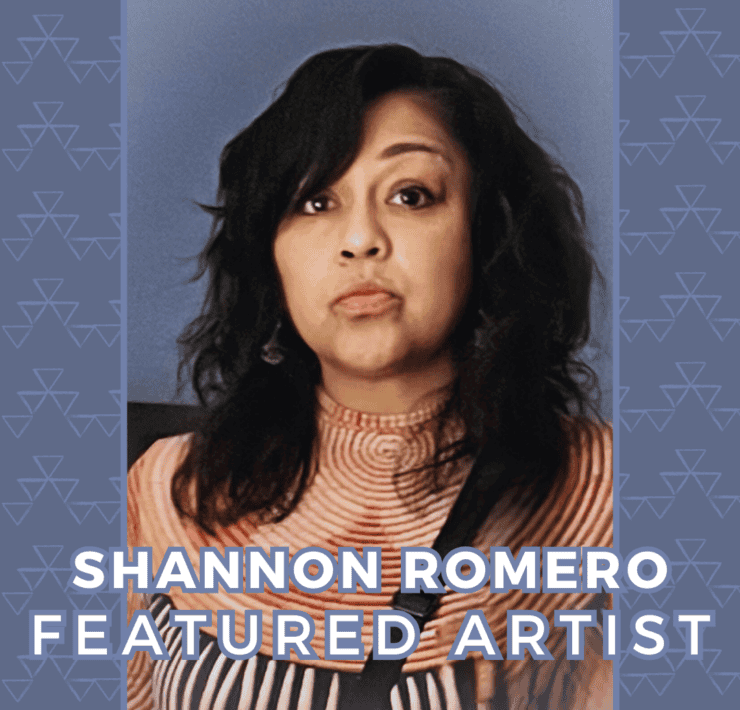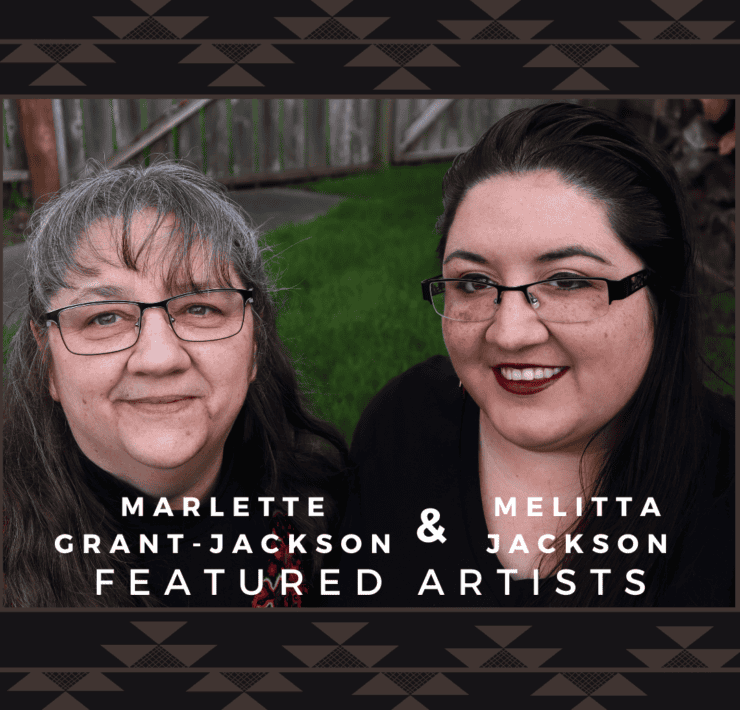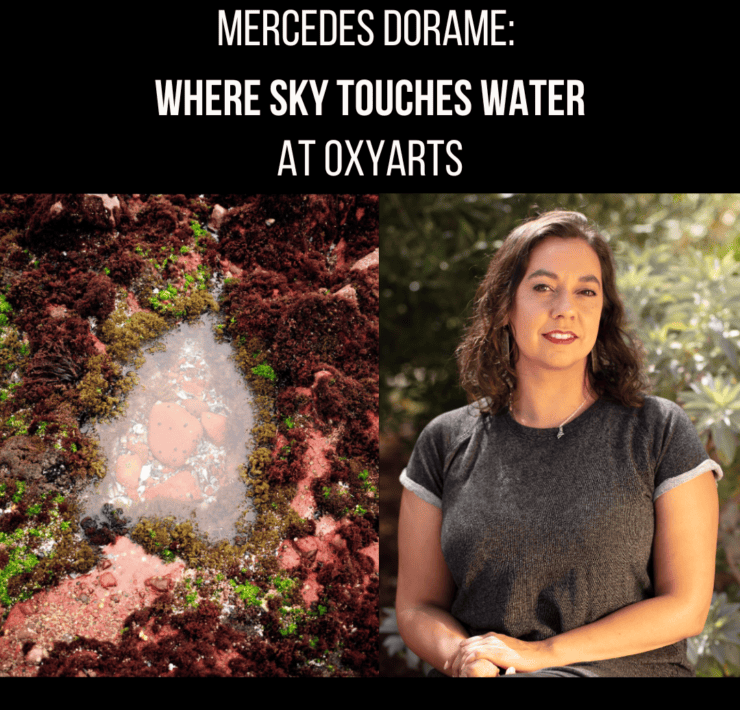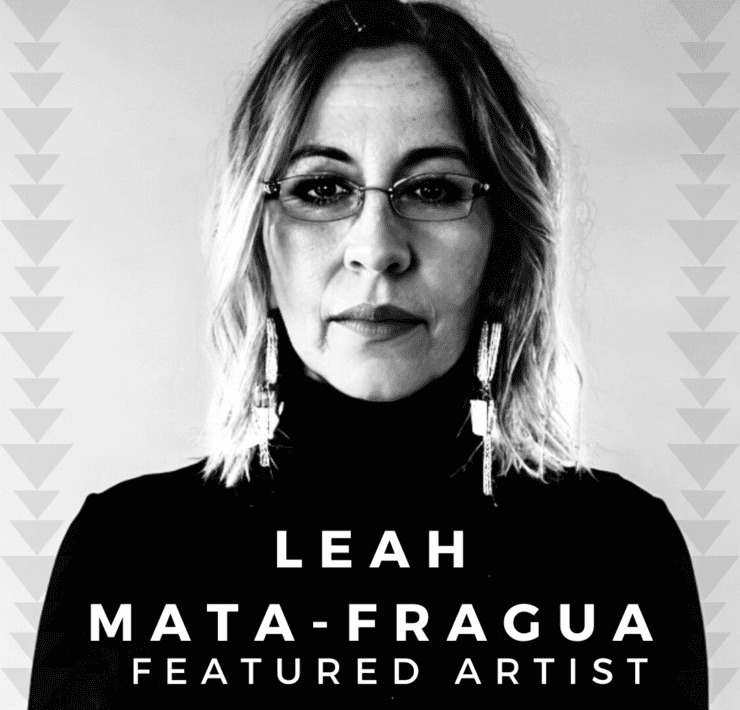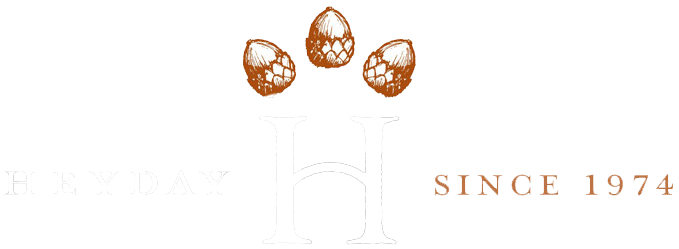
By Tavi Lorelle Carpenter
Wes Crawford, a Yurok tribal member, hails from the Hoopa Valley Indian reservation, where he was born and raised. He is a dedicated father, educator, and council member for the Yurok Tribe. He is also an exceptional artist and traditional carver working in abalone, dentalium, and elk antler.
From a young age, Wes was familiar with art-making, having been surrounded by great Native artists within his community, such as Karen Noble, George Blake, awok Brian Tripp, awok Charlie Burns, and Jacque Winter. Jacque Winter, his only Yurok high school teacher, greatly influenced him. She actively encouraged him to keep drawing, even if it was “just doodling”. Her words still ring true today as Wes continues to doodle to this day!

He also gained exposure to the traditional arts through cultural-style classes that introduced him to traditional knowledge and skills.
“It was Title 4, I think. In the 70s, when [the government] gave money to schools to help Indian children learn about their culture, [I] was a product of that. So there was a lot of introduction to [different traditional skills] just on my regular pathway growing up, like canoe carving; we had no canoe carvers in my family, and I never learned, but [the school] brought somebody in. We did canoes, drums, spoons. So with that, I found I had a little gift in [carving], so I just kept doing it. Slowly, it evolved as I went through college and whatnot.”
The influence of community is evident when speaking with Wes, particularly as he was actively involved in developing cultural classes as an educator. But his value for community stemmed from an early age. When I asked him how this manifested in his art, he shared a story from his childhood that exemplified community’s indispensable role in providing encouragement and support.
“I was a little guy, in first grade [and there was] an Indian Day Art contest. I remember I had no paper. We didn’t have much of anything in my house, but my sister got a paper bag from a grocery store, and she measured and cut out a perfect piece of paper. It was brown, you know, a paper bag. I drew my art on that, and I won a prize! I was stoked! Of course, people patted me on the back and told me, ‘Hey, you’re going to be an artist; you got the artist gene, like your Grandpa!’ That’s one thing I really love about this community: they’re very encouraging. And that’s all motivation to keep on making these beautiful things. Community encouragement [has] definitely been present all my life.”
After winning the art contest, Wes’ mother gifted him with a pen and ink set, which, Wes’ words: “If I never received that small gift, I would not have spent so many hours practicing [and] never would have known what I was capable of.”

Eventually, Wes went through the Indian Education program at Humboldt State, becoming an educator and getting hired in his hometown. Understanding the vital role support played in his own life as an educator, Wes made a point of encouraging and offering opportunities for his students to learn about their culture and traditional skills.
“I put in 27 years there, primarily as a history teacher [and] a PE teacher. When I was teaching junior high, which was for probably about 20 of the 27 years, I always managed to wiggle in a cultural arts or cultural connections class at least a couple times a week or whatnot.”

Wes’ efforts were recognized, with the superintendent noting how engaged the students were during these cultural classes.
“About eight or seven years ago, we had a new superintendent, and he happened to come in to observe while I was doing a cultural connections class with the 7th-grade girls [where] we were talking about basketry. I always try to encourage the kids. I [tell them] it’s in your DNA to make this, but you don’t know unless you try it. [To give] them motivational encouragement. The class went wonderfully-it always does! The kids, Native kids, are just really, really hungry for every bit of traditional ways—knowledge, whether it be a language or an art form or regalia making. I’ve always had 100% success in those [cultural] classes. Well, the superintendent said, ‘I’ve never seen kids more attentive!’ and I told him, ‘Well, they really love their culture. We just need to give them the opportunity because we don’t know what we can pull out, what their gifts are if we don’t expose it to them.”
Impressed by Wes’ words, the superintendent put him on special assignment, developing and teaching culturally informed curriculum for junior high students, eventually expanding to include fifth and sixth graders. Wes revealed that one of the more gratifying experiences of working in this capacity was bearing witness to the immense pride and satisfaction the kids had when they could share their skills with their elders and families.
“The biggest thing is the satisfaction of seeing an elder or someone in their family who they give the necklace, drum or paddle-whatever it is, but just, getting that look that only elders can give you. [I’d say] it’s the look of [happiness and pride].”
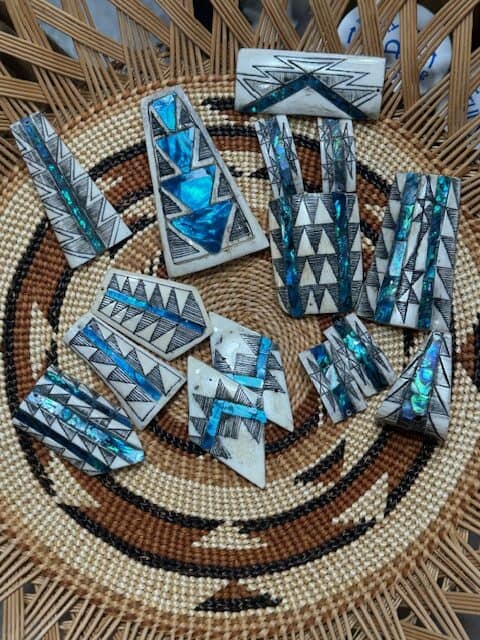
Like with so many of us, the pandemic altered Wes’ journey slightly. Eventually, he ran for Yurok’s Tribal council, where he won an East District representative seat, continuing to uplift and serve his community in a new capacity. However, this has not changed his belief in the sharing of knowledge or in his artistic pursuits.

I asked him what wisdom he would share with anyone at the beginning of their artistic journey or anyone looking for some wisdom; he offered quite a few gems, including the importance of trying different mediums and different art forms. As he puts it, “You never know until you try [what] talent[s] you have.”
Perhaps, most importantly, Wes encourages one to keep going.
“[If] there’s something you’ve got a passion for, just keep doing it. See what responds in your DNA. The DNA is not going to lie to you.”

He also shared how important it is to stay balanced, especially when creating. He tied it back to being something very special and specific with indigenous artists because it is inherently tied to values passed down from the ancestors.
“[Indigenous artists] are putting their talent into their work, they’re putting their ancestry, their DNA, they’re putting their pure heart, generations of talent into their work. And if anyone learns from me, I make sure to tell them-I had to learn this lesson-that you have to be balanced. You have to be in a good way.
I heard this from someone years ago when someone was going to gather sticks for baskets, and [the elders] told her that she couldn’t go. They said, ‘Well, you’re on your moon. You can’t gather on your moon.’ That’s the way the old people believed because your body is a little out of balance.
And for boys, for us, I learned my lesson playing sticks, and I lost my temper. I wanted to hurt this guy, you know? And I blew my temper. I was only a little guy, 11 or 12 years old. And [one of my elders] awok Anthony Risling made me take a walk around this mile-long thing.
I walked and walked.
[awok Anthony asked me] ‘You still mad?’ [and I said] ‘I’m still mad,’ and I kept walking.I walked a long time. Finally, I was tired and thirsty.
[awok Anthony asked me again] ‘You done being mad?’‘Yeah’.
He said, ‘Come on, let’s get a drink.’
And he just sat me down and talked to me about my temper. How traditionally, you know, you can’t be a man if you can’t control your temper. Then he told me, if you ever make stuff, if you ever make regalia, you can’t be angry. You can’t be! You have to be in your right mind. You have to be balanced.
As a cultural arts teacher, I was able to use the importance of balance in helping with student behavior. For example, I would say ‘I heard you got in trouble in class today; have you made that right yet?’ The student would know they wouldn’t be able to work on their cultural project that day if [they] didn’t make it right and bring it back to balance and put goodness into it.”

Wes continued with why this balance was so important. Even if the piece looks good, if it was carved with bad energy, that energy sits in the piece. With other artists in this series, the importance of balance and being in a good way has been an essential part of the creative process. Those values go back generations, and by honoring them, artists are sharing those good intentions in their work.
“There was a lady who used to sing over her acorns, and the words were such that whoever eats [the acorns, let them be healthy and strong. It was really a beautiful thing. So for a lot of Natives in their work, they put that type of energy, and you can see it on their faces when they’re selling [their piece], or you can just feel it. They exude that feeling of goodness, and it’s reflected in their work. And when you wear it and buy it, you take that little bit of that feeling with you. So that is really important. Very important, actually.”

I can speak firsthand to the good energy Wes incorporates into his pieces, as I own a pair of elk antler earrings with a frog leg pattern. A gift from a family friend for graduating college: they are one of my favorite earrings.
When it comes to supporting Wes, he spoke in general terms, such as showing up to events featuring indigenous artists, being encouraging and supportive of each other, and providing support in whatever ways one can. But if you want to support Wes, you can find him on Facebook or by reaching out via email yurok1@hotmail.com

